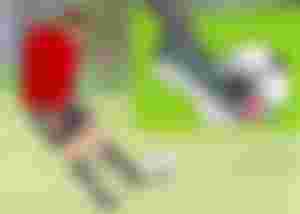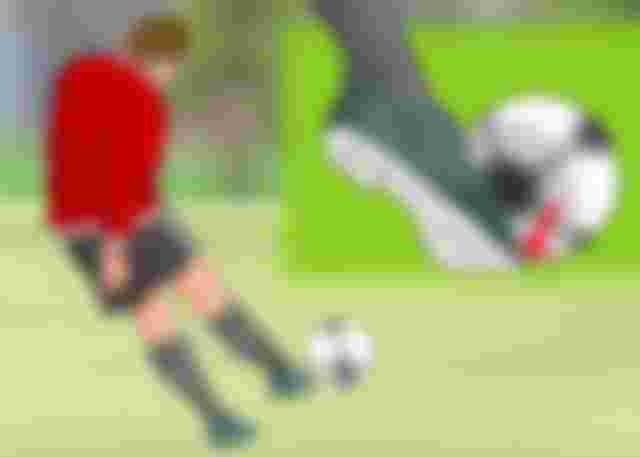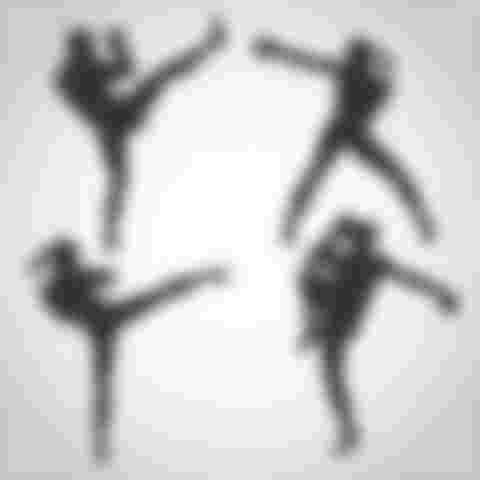Even though the act of kicking balls in the Football field appears very simple, there is actually some deep science behind it called “Biomechanical Principles.” To understand this interesting aspect of sports science, let us understand the underlying concepts behind Penalty Kicks.
Biomechanical Principles Of A Top Right Penalty Kick
Penalty kicks in Football are often the most crucial game-changers of the sport. When executed by a team, it often results in goal scores even in moments when the very best and experienced goalkeepers are in defensive mode. For this reason, the science behind it is one of the most closely inspected aspects among experts in the field.

Among the 6 stages of the biomechanical principles of penalty kicks, the 4th and 5th stages named “ball contact” and “follow-through” respectively are said to be the most crucial ones. Stage 4 happens exactly as its name suggests when the foot comes in direct contact with the ball. The main movement on it is the plant reflection of the ankle. This can be achieved by the eccentric contraction of the tibialis anterior. Depending on ball inflation, experts affirm that an actual ball contact in Football happens in about 6 to 16 milliseconds.
The Science Behind The Actual Ball-Kicking
That exact moment of impact is very crucial in determining the actual speed of the ball and its trajectory. By striking the ball at its possible lowest point, it creates a much higher trajectory. The lower the point, the higher the possible directional point it may attain. Of course, such a skill takes a great deal of time to master since there is a huge risk of injury when the tip of the foot touches the ground. Also, there is a big possibility of the foot being slowed down by the counter-pressure that the ground could give. Great care and precision must then be executed by the player who is tasked to do it.
Experts claim that hitting the ball in a higher area with the dorsal side of the foot provides the highest attainable ball speed. Consequently, hitting the ball with the toes on its lowest point makes the kicker very vulnerable to posterior ankle impediment.
The Importance of Follow Through
The 5th stage called follow-through is also referred to as the deceleration of the kicking leg. Although it is just regarded as an aftershock of the actual kick, it is also very crucial to the entirety of the act. It is meant to maximize the impact of the foot contact to exert the strongest possible force into the ball, making it highly unlikely for the defensive player to block it or predict where it will actually head into.
When a proper deceleration is executed, the much-expected transfer of kinetic energy happens as well. This makes it more ideal for the kicker to have a safer post-activity mode of his leg, paving the way for an injury-free body state. This movement is highly characterized by eccentric contractions of the hip extensors and abductors and the knee flexors.

This group of muscles called the gluteal muscles work eccentrically at the hip while the hamstrings work eccentrically at the knee. By dissipating the impact of the kinetic energy from such an action, these collective movements protect the kicker from possible bodily harm and injuries.
Furthermore, by dissipating the elastic forces that also come into play in the kick, any unwanted physical manifestations can be greatly avoided. Experts point out however that since this is an abrupt movement of the leg, hamstrings strands are also highly at risk during the actual deceleration.
How Injuries Could Be Prevented
To protect players from such injuries, proper training and conditioning must be always exercised. Such training drills include cone exercises, a circle of cones, and cutbacks. It must also be instilled in the players’ minds that proper warm-up and stretching must be always executed as well before and after a game. It should always be remembered that proper equipment like comfortable shoes, soccer cleats, and shin guards, must also be worn in every game, or even during practice drills. This is to ensure that the highest possible safety rates in players are attained.

How Biomechanics Could Be Applied In Other Sports
In other areas of sports, the biomechanical principles stated above are also helpful. This includes combat sports such as Taekwondo, Kickboxing, and performance fighting arts like Capoeira. Even in Marathon and Gymnastics, the core concepts of biomechanics can be extremely beneficial. Thus, it is important for coaches and game educators to always emphasize the importance of proper physical conditioning and why strategic training regimens should be conducted in sports halls everywhere.



This appears funny in the beginning but scientifically, it is the truth about what transpires in games especially football, the world most popular game.